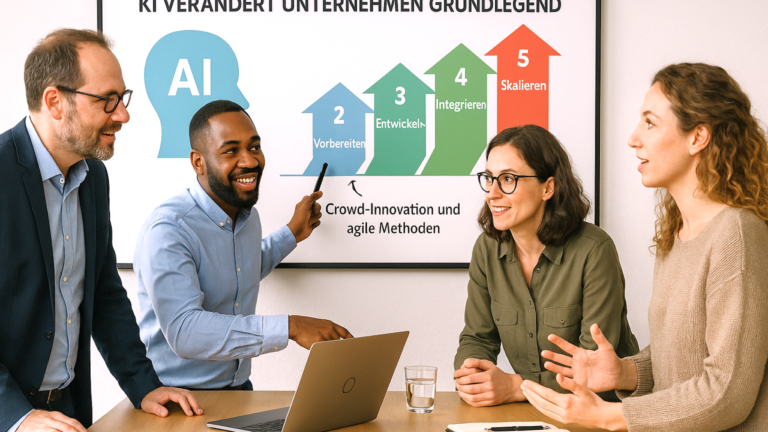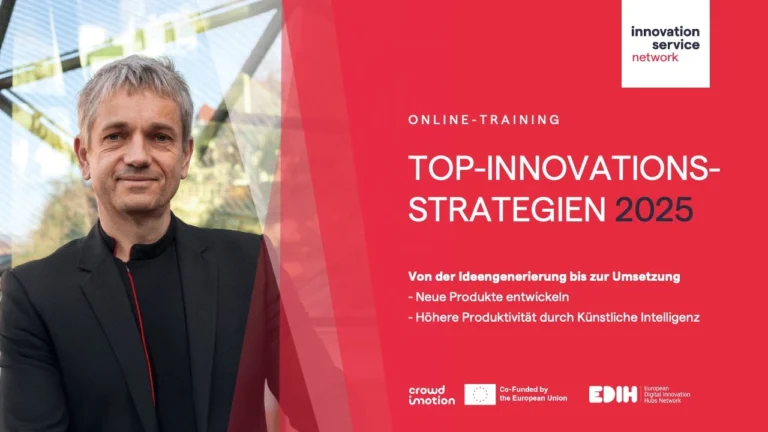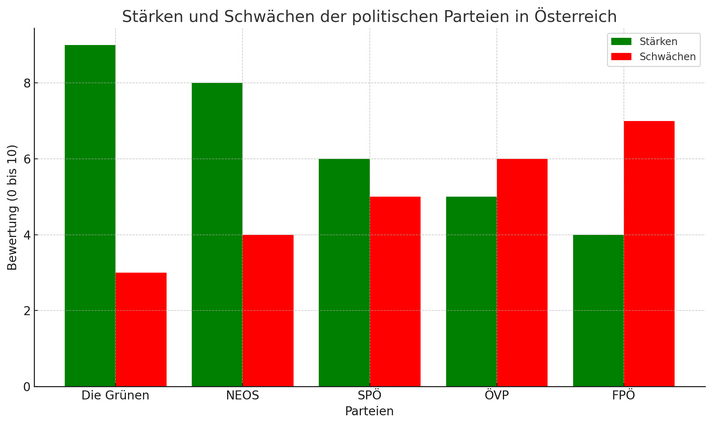

"You can't manage what you can't measure."
Peter Drucker
Innovation processes present two major challenges: You don't know at the beginning what the outcome will be and you can rarely follow a linear path from the idea to the solution. Innovation management therefore tries to make innovations predictable and reduce the risk of failure. Predictability can be achieved through a suitable process model and small steps. Agility is the order of the day, as is digital or personal interaction with the future target group.
Business reality shows that management prefers to get involved in innovation projects whose results can be planned and, above all, measured! As a rule, innovation projects that focus on savings rather than innovative leaps have this characteristic. According to the motto: “10% can always be saved”, continuous improvement processes (CIP) have been systematically supported and measured in the manufacturing industry for decades. In most cases, the idea providers are involved in the savings; they receive a few percent of the savings within a period of time.
The development of new solutions or business model innovations usually have the characteristic that although the costs can be measured in a budget period (one year), an economically measurable output is rarely available. In this case, patience is required until the innovation project is also economically successful and measurable. This is precisely the reason why many companies often find it very difficult to get started: deadlines are postponed, budgets are used for other purposes, designated innovation managers are pulled away for customer projects, etc. The list of reasons why innovation can still wait is usually very long and frustrates the minds in the company who have high expectations for change.
You can live with this delay for a while, but the wheel doesn't stand still and the ability to keep up with market developments can quickly be lost. What's more, customers don't (or no longer) ask companies during the sales process, but research solutions on the web, similar to B2C mode. It can therefore take a while before you realize that you are no longer on the short list of providers in the sales process.
The answer is quite clear: Yes! By using design thinking principles, it is possible to find out very early on how customers assess new solutions. The digitalization of innovation processes also makes it very easy to involve a representative number of people using crowdsourcing and open innovation. This means that feedback is received earlier and adjustments can be made at a more cost-effective stage in the innovation process. Co-creation and pro -consumer are terms that also change the roles of customers. With their ideas, prosumers are once again at the beginning of the next stage of value creation and can earn money with the provider (e.g. in the form of licenses).
Innovation Leadership on the part of the CEO or owner should ensure that innovation management does not require too much persuasion to turn ideas into innovations. Now that the pace of innovation is increasing disproportionately, the question of whether innovation is important no longer arises. Those who position themselves as “innovation leaders” in the industry can claim other advantages in addition to the economic effect of solutions:
Unfortunately, I can't put a manual on the table. The degree of freedom in measuring success is as great as the definition of success itself. Shareholder value thinking provides different measurement criteria than social innovation. In any case, the output should be measured and not just the input, as is usually the case with economic measurements. In principle, a large input in innovation processes should of course be viewed positively, but there is usually no causal connection that a large input is necessarily associated with a large output. At this point, I will try to highlight some tried and tested indicators for measurement:
Overall, measurability is divided into hard and soft factors. Turnover is a numerical value; customer satisfaction cannot be expressed as an objective figure. In this respect, the measurability of the success of innovations is as diverse as the ideas that are sometimes incorporated along the way to innovation. In addition to Peter Drucker's opening quote, innovation management also needs to add the confidence and foresight that make it possible to proactively launch innovation processes despite the risk. The digital networking of all players in the innovation process, from idea generation and development to customer feedback from the application, increases transparency and thus simultaneously reduces the innovation risk. The digitalization of innovation management is therefore a great opportunity for everyone involved!
The biggest risk is still remaining in the status quo and overlooking the fact that you are already being overtaken to the left and right by the competition.
I look forward to your feedback and, as always, wish you a relaxing and creative Sunday!
Reinhard Willfort, Innovation Doctor, www.willfort.at Let’s innovate together!





